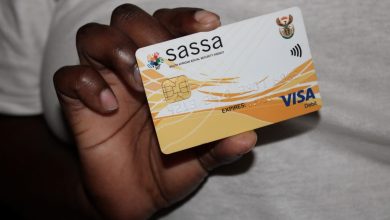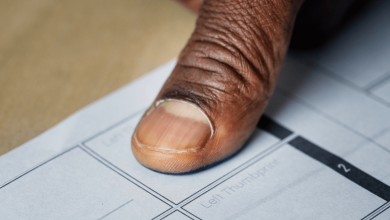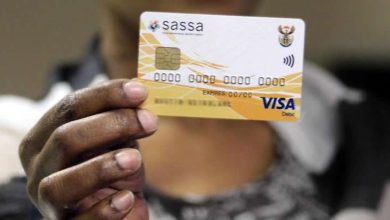Collecting Your SASSA Grant at ATMs: Weighing the Pros and Cons

SASSA grants play an essential role in supporting many households across South Africa. With the rise of digital financial systems, beneficiaries can now collect their grants from ATMs. This new option offers several benefits, but it also presents some challenges. In this article, we’ll look at the pros and cons of withdrawing your SASSA grant at ATMs.

The Pros of Collecting Your SASSA Grant at ATMs
Convenience and Accessibility
ATMs make it easy to access your SASSA grant. They are available throughout the country, including rural areas and townships. The South African Post Office (SAPO) has rolled out cashless ATMs to ensure that people have financial services close to home. This means you no longer have to travel long distances to get your grant from a Post Office or bank.
Local ATMs make it easier for you to access funds without waiting in long queues. This convenience is especially important for those who live in remote areas.
Decongestion of Payment Points
Using ATMs helps reduce the overcrowding at traditional SASSA payment points. The long lines at Post Offices can delay access to grants, especially on busy days. With ATMs, more people can collect their funds quickly, reducing wait times.
Fewer people at payment points also helps maintain a safer environment, especially during pandemics like COVID-19. Social distancing becomes easier, which ensures your health and safety.
Multiple Transaction Options
ATMs linked to SASSA grants offer more than just cash withdrawals. Some ATMs allow you to pay bills, buy airtime, and purchase prepaid electricity. This added convenience means you can manage your finances in one place, saving you time and effort.
Enhanced Security
With a PIN-secured card, ATMs offer a higher level of security than carrying cash. The security measures protect your funds, reducing the risk of theft. When you withdraw money from an ATM, you have a personal identification number (PIN) that only you should know. This system offers a safer way to access funds compared to physically carrying cash.
The Cons of Collecting Your SASSA Grant at ATMs
Transaction Fees
While ATMs offer convenience, they come with fees. Many banks charge for withdrawals, especially after you use your free transactions for the month. For example, you may pay R3.48 per withdrawal plus a percentage of the amount you withdraw. Additionally, checking your balance after the first free inquiry can cost around R1.60.
These fees might seem small, but they add up over time. If you use ATMs frequently, the cost of withdrawing funds can become significant.
Network and Technical Issues
Sometimes, ATMs experience technical issues. Network outages or machine malfunctions can delay or prevent transactions. In some areas, users have reported difficulties at Post Office ATMs, which can leave beneficiaries without access to their funds when they need them. These issues are usually temporary but can be frustrating if you rely on your grant for daily expenses.
It’s important to be prepared for possible delays and to check if the ATM is working before withdrawing money.
Dependency on Cards and PINs
Accessing funds at an ATM requires a physical card and a PIN. If you lose your card or forget your PIN, you’ll have trouble getting your grant. Replacing a lost card requires a visit to a SASSA office, which can be time-consuming.
If your card is stolen, there’s also the risk of someone accessing your funds. However, as long as you keep your PIN private and report the loss immediately, you can minimize the chances of fraud.
Limited Cash Availability
In high-demand areas, ATMs can sometimes run out of cash. This issue is especially common in rural areas, where cash replenishment may not happen as frequently. If an ATM runs out of cash, you may have to wait until it’s restocked or find another ATM nearby. This can be a hassle, particularly if you urgently need your funds.
Potential for Fraud and Skimming
Although ATMs are generally secure, there’s still a risk of fraud. Criminals may install devices on machines to steal your card details or PIN. These devices can go unnoticed if you’re not careful.
To reduce the risk of fraud, always check the ATM before you use it. Look for signs of tampering, and cover your PIN when entering it. Avoid using ATMs in poorly lit or isolated areas where criminals might target you.
Check also: Which Banks Accept SASSA Grants? Find Out Here!
Collecting your SASSA grant at ATMs offers many benefits, such as convenience, accessibility, and reduced queues. However, there are also some disadvantages, including transaction fees, network issues, and the risk of fraud.
If you live in a rural area or have limited access to payment points, ATMs can be a great solution. However, it’s important to keep the potential downsides in mind. Fees can add up, and technical problems may occur.
If you prefer, you can also explore alternative ways to access your grant, such as collecting it at retail stores or Post Office counters, depending on what works best for you.



